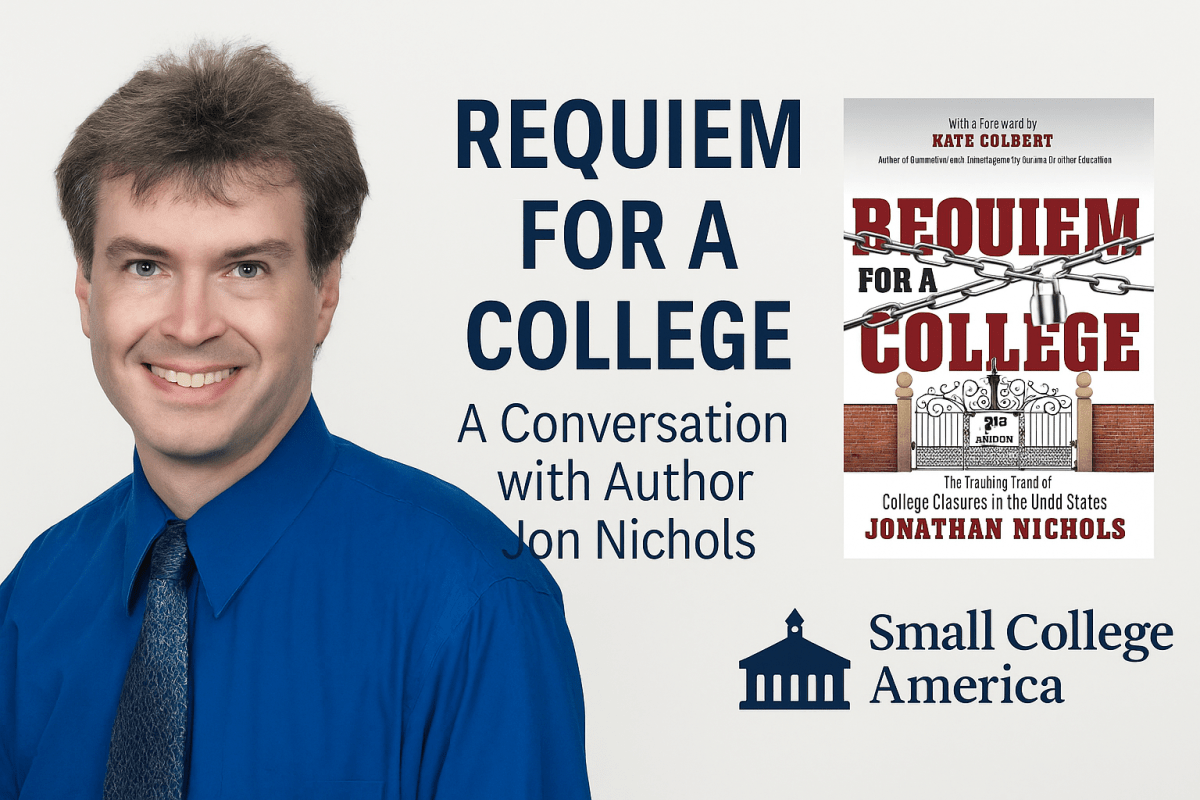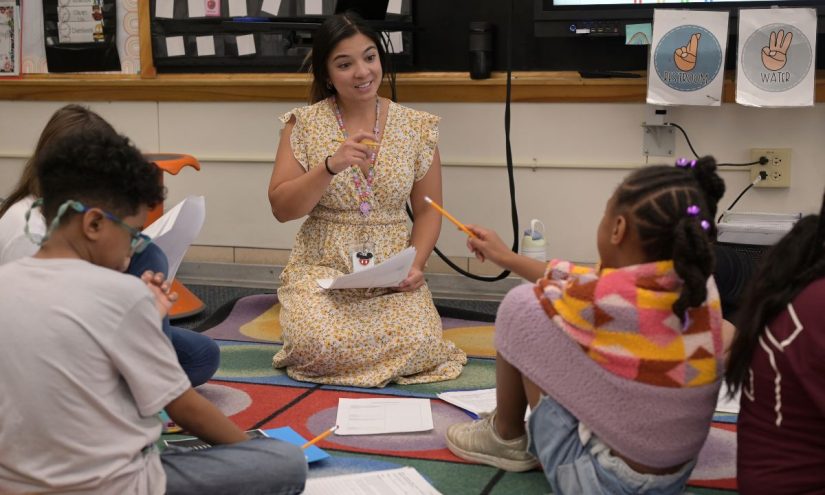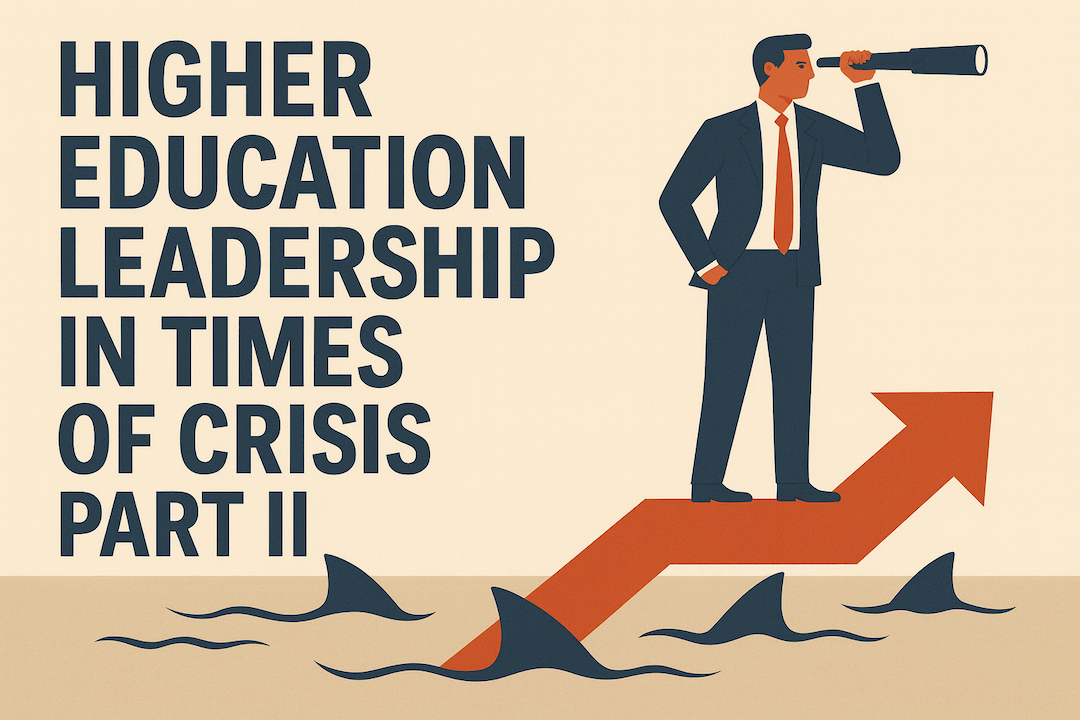Key points:
In the growing conversation around AI in education, speed and efficiency often take center stage, but that focus can tempt busy educators to use what’s fast rather than what’s best. To truly serve teachers–and above all, students–AI must be built with intention and clear constraints that prioritize instructional quality, ensuring efficiency never comes at the expense of what learners need most.
AI doesn’t inherently understand fairness, instructional nuance, or educational standards. It mirrors its training and guidance, usually as a capable generalist rather than a specialist. Without deliberate design, AI can produce content that’s misaligned or confusing. In education, fairness means an assessment measures only the intended skill and does so comparably for students from different backgrounds, languages, and abilities–without hidden barriers unrelated to what’s being assessed. Effective AI systems in schools need embedded controls to avoid construct‑irrelevant content: elements that distract from what’s actually being measured.
For example, a math question shouldn’t hinge on dense prose, niche sports knowledge, or culturally-specific idioms unless those are part of the goal; visuals shouldn’t rely on low-contrast colors that are hard to see; audio shouldn’t assume a single accent; and timing shouldn’t penalize students if speed isn’t the construct.
To improve fairness and accuracy in assessments:
- Avoid construct-irrelevant content: Ensure test questions focus only on the skills and knowledge being assessed.
- Use AI tools with built-in fairness controls: Generic AI models may not inherently understand fairness; choose tools designed specifically for educational contexts.
- Train AI on expert-authored content: AI is only as fair and accurate as the data and expertise it’s trained on. Use models built with input from experienced educators and psychometricians.
These subtleties matter. General-purpose AI tools, left untuned, often miss them.
The risk of relying on convenience
Educators face immense time pressures. It’s tempting to use AI to quickly generate assessments or learning materials. But speed can obscure deeper issues. A question might look fine on the surface but fail to meet cognitive complexity standards or align with curriculum goals. These aren’t always easy problems to spot, but they can impact student learning.
To choose the right AI tools:
- Select domain-specific AI over general models: Tools tailored for education are more likely to produce pedagogically-sound and standards-aligned content that empowers students to succeed. In a 2024 University of Pennsylvania study, students using a customized AI tutor scored 127 percent higher on practice problems than those without.
- Be cautious with out-of-the-box AI: Without expertise, educators may struggle to critique or validate AI-generated content, risking poor-quality assessments.
- Understand the limitations of general AI: While capable of generating content, general models may lack depth in educational theory and assessment design.
General AI tools can get you 60 percent of the way there. But that last 40 percent is the part that ensures quality, fairness, and educational value. This requires expertise to get right. That’s where structured, guided AI becomes essential.
Building AI that thinks like an educator
Developing AI for education requires close collaboration with psychometricians and subject matter experts to shape how the system behaves. This helps ensure it produces content that’s not just technically correct, but pedagogically sound.
To ensure quality in AI-generated content:
- Involve experts in the development process: Psychometricians and educators should review AI outputs to ensure alignment with learning goals and standards.
- Use manual review cycles: Unlike benchmark-driven models, educational AI requires human evaluation to validate quality and relevance.
- Focus on cognitive complexity: Design assessments with varied difficulty levels and ensure they measure intended constructs.
This process is iterative and manual. It’s grounded in real-world educational standards, not just benchmark scores.
Personalization needs structure
AI’s ability to personalize learning is promising. But without structure, personalization can lead students off track. AI might guide learners toward content that’s irrelevant or misaligned with their goals. That’s why personalization must be paired with oversight and intentional design.
To harness personalization responsibly:
- Let experts set goals and guardrails: Define standards, scope and sequence, and success criteria; AI adapts within those boundaries.
- Use AI for diagnostics and drafting, not decisions: Have it flag gaps, suggest resources, and generate practice, while educators curate and approve.
- Preserve curricular coherence: Keep prerequisites, spacing, and transfer in view so learners don’t drift into content that’s engaging but misaligned.
- Support educator literacy in AI: Professional development is key to helping teachers use AI effectively and responsibly.
It’s not enough to adapt–the adaptation must be meaningful and educationally coherent.
AI can accelerate content creation and internal workflows. But speed alone isn’t a virtue. Without scrutiny, fast outputs can compromise quality.
To maintain efficiency and innovation:
- Use AI to streamline internal processes: Beyond student-facing tools, AI can help educators and institutions build resources faster and more efficiently.
- Maintain high standards despite automation: Even as AI accelerates content creation, human oversight is essential to uphold educational quality.
Responsible use of AI requires processes that ensure every AI-generated item is part of a system designed to uphold educational integrity.
An effective approach to AI in education is driven by concern–not fear, but responsibility. Educators are doing their best under challenging conditions, and the goal should be building AI tools that support their work.
When frameworks and safeguards are built-in, what reaches students is more likely to be accurate, fair, and aligned with learning goals.
In education, trust is foundational. And trust in AI starts with thoughtful design, expert oversight, and a deep respect for the work educators do every day.











